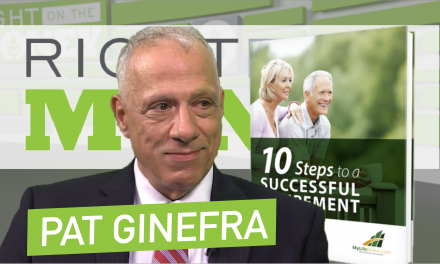Low-Volatility Assets Combined with Annuities May Help.
The traditional 4% withdrawal rate was based on 1990s data. Recent updates now put the figure closer to 3%, requiring changes to asset allocation and withdrawal strategies.
The decades-old notion that retirement assets can typically last 30 years with a mix of 60% stocks and 40% bonds is in doubt, and retirees who have followed this lead may face unexpected asset shortfalls that can last for years. A current distribution rate closer to 3% has roots in low and sustained rates of return, market volatility, longer lives and revised distribution schedules. Importantly, many retirees have taken the 4% guideline for granted, and do not recognize the downside effect on their principal. Accordingly, assets may last fewer years than was originally hoped.
The 4% rule was a product of the 1990s, when bank interest rates and bonds were often 5% – 8%, and could stretch to the teens. Current rates of 1% and a bond allocation of 40% spell virtually no accumulation or compounding, and an accelerated asset drain compared to earlier generations. Many retirees don’t realize the impacts of this “reverse dollar-cost averaging,” which is so different from how their nest eggs were built. Applying the popular “Rule of 72” to 1% interest rates is further and sobering proof. Watch the interview with retirement income certified professional and investment adviser representative Tripp LeFevre as he declares the 4% rule dead.
The year when retirement begins can be crucial decision with unforeseen consequences. A recent T. Rowe Price study showed that the probability of assets lasting 30 years was reduced from 90% to 29% for those who retired in 2000 and implemented customary withdrawal schedules (sometimes known as a sequence of return), the first 10 years of their retirement. When markets fell in 2008, money flowed to bonds as a safety play, but the ensuing years of sustained miniscule interest rates undercut that strategy. In the meantime, equity values largely recovered.
Longevity – how long we live – is having the biggest impact on the ability of assets to sustain their owners. More than 50% of women will live beyond age 88, and whether it’s due to good luck and wellness, or, lengthy illnesses such as Alzheimer’s or dementia, longer lives drive more demand on finite assets, possibly creating a shortfall that can last more than 10 years.
Prudent planning will address these possibilities. Annuities, which were long seen as second-class investments, are gaining in popularity. Wade Pfau, a Princeton-trained economist who has questioned the 4% rule, has cited a combination of stocks and fixed annuities as a possible answer to the financial demands of longevity.
Given the tendency to make emotional decisions about money, and retirement in particular, analysts urge a focus on math and science-based planning when designing asset distribution strategies, and warn against blind acceptance of traditional thinking or so-called Wall Street wisdom.
Syndicated financial columnist Steve Savant interviews retirement income certified professional and investment adviser representative Tripp LeFerve on Navigating Risks in Retirement. Right on the Money is a weekly financial talk show for consumers, distributed as video press releases to 280 media outlets and social media networks nationwide.





